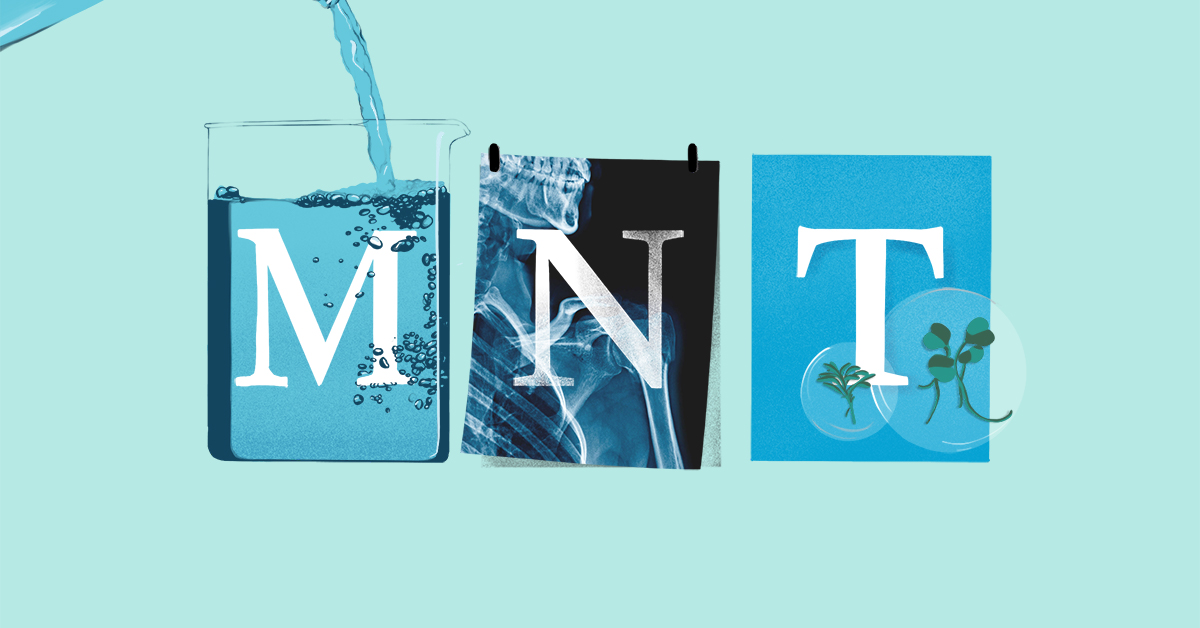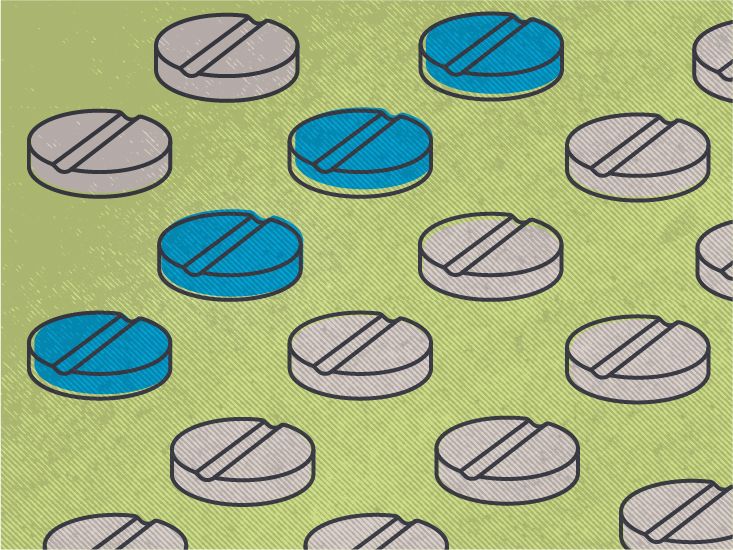Does Red Dye Cause or Worsen Autism?
Many parents of children with autism spectrum disorder (ASD) wonder if eliminating red dye from their child's diet can help improve symptoms. There are conflicting theories on whether common synthetic red food dyes do indeed negatively impact behavior challenges and hyperactivity levels for kids with autism.
Suspected Links Between Artificial Red Dyes and Autism
Several artificial colorings used to dye foods - particularly reds, oranges, and yellows derived from petroleum - have undergone scrutiny for generally contributing to behavioral disorders. Reports from some parents indicate that removing synthetic colors, especially red dye, helps their kids with autism have:
- Less hyperactive behavior
- Improved impulse control
- Better focus and comprehension
- Reduced irritability and aggression
- Fewer emotional meltdowns
- Less stimming and repetitive behaviors
But there is disagreement over whether these dyes do in fact trigger or directly cause autism characteristics, or if removing them simply resolves existing sensitivities that allow autistic symptoms to worsen. There are also various medical and dietary intervention theories around autism that cite different mechanisms.
Evaluating the Red Dye and Autism Controversy
Arguments for How Red Dye May Negatively Impact Autism
Those who feel artificial colorings contribute negatively to autism cite a few core arguments:
- Many children with autism have underlying food sensitivities, so dyes may exacerbate autism symptoms even if they don't cause ASD on their own.
- Red dye and other synthetics colors are suspected triggers for problematic behaviors, agitation, and aggression in sensitive children generally.
- Chemical dyes derived from petroleum sources do not resemble real food, so the body may perceive them as foreign irritants for some.
- Studies on the "leaky gut" theory show red dye and child behavior problems correlating with intestinal inflammation markers, particularly in kids with ADHD which is often concurrent with ASD.
- Eliminating red dye is an easy change to test that poses little risk if it doesn't work, but may provide great benefit if it does reduce symptoms.
Overall, advocates of pulling red dye from the diets of kids with autism argue that, even if the link has not been clinically solidified yet, the anecdotal evidence and benign nature of trying dietary changes makes this a sensible experiment for parents struggling to alleviate challenges.
Scientific Research on Connections Between Red Dye and Autism
While interest grows among the autism parent community in restricting artificial dye, especially vivid reds, formal research isolating these colorings remains somewhat limited. Two of the most frequently cited reports are:
The Southampton Study
A 2007 double-blind, placebo-controlled study at Southampton University in the UK used artificial food dyes and sodium benzoate preservative, or a placebo, along with each child's normal diet. Though only studied in typically developing children and not autistic children specifically, results showed dyes and/or sodium benzoate:
- Increased hyperactivity
- Exacerbated ADHD-type symptoms
- Impacted attention spans
- Disrupted concentration thresholds critical to learning
The Ferri 2015 Meta Study
This analysis reviewed multiple trials evaluating artificial food colorings' effect on neurobehavioral issues. Researchers concluded that while there appears to be a correlation between dyes and adverse reactions, more rigorously controlled human studies are needed for definitive evidence and conclusions.
Overall, medical science recognizes increasing correlations but has not yet established direct causative links isolating red dye itself as significantly triggering or worsening autism spectrum disorder specifically.
Can Genetics and Metabolism Impact Dye Sensitivity?
Red dye along with other food colorants require specific enzymes produced by glutathione S-transferases (GST) genes to properly metabolize them. Various common genetic polymorphisms mean efficiency of that metabolization process varies. This results in speculation around whether particular children's genetic makeup makes them more vulnerable to hypersensitivities with synthetic colorings.
One hypothesis is that children more severely affected by ASD may have compromised detoxification pathways that leave them less able to clear even approved regulated food dyes from their system. This could then provoke neuro-physical and neuro-chemical reactions that destabilize behaviors.
Viewpoint Against Red Dye Causing Autism Problems
Others argue that no sound scientific evidence proves or even indicates the petroleum-based artificial colors approved for use in food by regulating agencies directly exacerbate autism itself or associated behavioral disorders.
Reasons cited counter to the red dye and autism link theory include:
- ASD has been medically proven to involve developmental brain connectivity patterns established before birth - not an allergy-like reaction to something children ingest later.
- Any correlations seen likely indicate the high percentage of children who have both ASD and concurrent food sensitivities - not that dyes themselves ignite autism's neurological underpinnings.
- Removing dyes from an autistic child's diet may resolve other issues like skin rashes, stomach discomfort, headaches or bedwetting associated with sensitivities. This provides comfort that allows autism features to seem less severe.
- Parent bias against "unnatural" synthetic chemical-based dyes may skew perceptions of whether additives improve behaviors or not in complex-symptom conditions like autism.
- The "placebo effect" of dietary changes gives the illusion that eliminating a specific, worrying ingredient alleviates neurological impairment.
Overall lack of rigorously controlled scientific studies proving clear causative behavioral effects from synthetic red dyes also figures prominently in arguments questioning their impact on autism itself.
Weighing Potential Red Dye Health Risks
No widely definitive clinical evidence yet directly links problems worsened by red dye to autism specifically. However, looking at additional known health effects associated generally with artificial dyes may provide useful perspective.
FDA Stance on Safety Concerns Around Synthetic Food Dyes
The Food and Drug Administration acknowledges some potential exists for sensitivity-related reactions with approved color additives derived petroleum sources, but generally still considers them safe:
"To date, FDA has not been able to determine that food containing synthetic color additives and other ingredients cause other adverse effects, including hyperactivity in children. Although concerns have been raised about possible neurobehavioral effects of synthetic color additives, the scientific evidence in humans does not support a link between exposure to color additives and hyperactivity."
Still, they recommend people who believe they experience non-life-threatening reactions to food coloring avoid those products.
Studies on Red Dye Toxicity and Carcinogenicity
Obtaining conclusive human trials presents ethical challenges. But animal studies find potential issues associated with chronic or excessive consumption of some synthetic red dyes at varying dosages. Researchers flag concerns around:
- DNA mutations
- Damage to kidney, liver and brain cells
- Digestive tract lesions
- Accumulation in tissues
- Evidence of neurotoxicity
- Small increased cancer risk markers
For example, one rodent study fed large doses of Red 40 dye concluded it may contribute to cellular oxidative stress potentially leading to ADHD-replicating neuronal brain pathology. But extrapolating definitive human effects from high concentration animal exposures remains scientifically debatable.
Bans and Restrictions on Red Dyes in Other Countries
The European Union requires warning labels about possible adverse effects on activity and attention in children from six synthetic dyes they tightly regulate but still approve, including Red 40. Norway banned Red 2 dye due to potential carcinogenicity. Multiple countries have called for continued toxicity testing of synthetic colorants.
These concerns prompted the British government healthcare agency in 2009 to advise eliminating
FAQs
Is there proof that red dye causes autistic behaviors to worsen?
No definitive scientific proof confirms that red dye triggers or significantly exacerbates autism spectrum disorder specifically. But many parents do report improvements after removing synthetic dye from their autistic child's diet.
Why might red dye be a problem for some children with autism?
Kids with ASD often have concurrent gastrointestinal and sensory issues that make them more sensitive. Their bodies may see petroleum-based red dye as a foreign irritant. Genetics related to detoxification may also play a role in dye tolerance.
Are common synthetic red food dyes safe for human consumption?
Though approved by regulators, some animal studies raise concerns around toxicity - especially with accumulated or chronic exposure. Stricter regulation by some countries also suggests potential risks from large amounts.
Should I eliminate red dye from my autistic child's foods?
Removing synthetic dye poses little risk, has been helpful for many parents, and allows you to determine if it makes a difference for your individual child. Keep a journal tracking behavioral symptoms before and after implementing the change.
Disclaimer: This article is for informational purposes only and does not constitute medical advice. Always consult with a healthcare professional before starting any new treatment regimen.
Related Coverage
Compare Strattera vs Adderall to see how their onset, side effects, effectiveness, and addiction risks differ for ADHD treatment....
Discover the potential link between chewing on objects and ADHD in children. Learn about oral fixation, the connection to sensory needs, and how to address this behavior with professional help and appropriate sensory outlets....
Middle school poses challenges for ADHD students. Learn effective strategies to help ADHD children get organized, improve time management, boost focus, support learning, and thrive....
Embrace the power of superfoods and elevate your conscious lifestyle. Discover 15 nutrient-dense powerhouses that offer a wealth of benefits for your body, mind, and spirit....
Shortages of ADHD medication Ritalin and its generic forms are impacting access in 2023. Learn more about why this is happening, possible alternatives, and ways to mitigate the issue....
Foster a healthy lifelong partnership through open communication, compromise and regular intimacy dates that nurture emotional and physical connection....
Explore the potential interactions between the herbal supplement ashwagandha and the ADHD medication Adderall, and the importance of open communication with healthcare professionals....
Jornay PM side effects can be mild but knowing how to manage appetite loss, sleep changes, and mood shifts helps you stay on track....
If you have ADHD, mornings can be exceptionally hard. Learn strategies like optimizing sleep habits, prepping ahead, using accountability partners, and experimenting with alarms....
Use pictures and images to teach children good behavior. Visual examples demonstrate positive conduct versus bad behavior. Learn tips for modeling behavior with visual aids....









